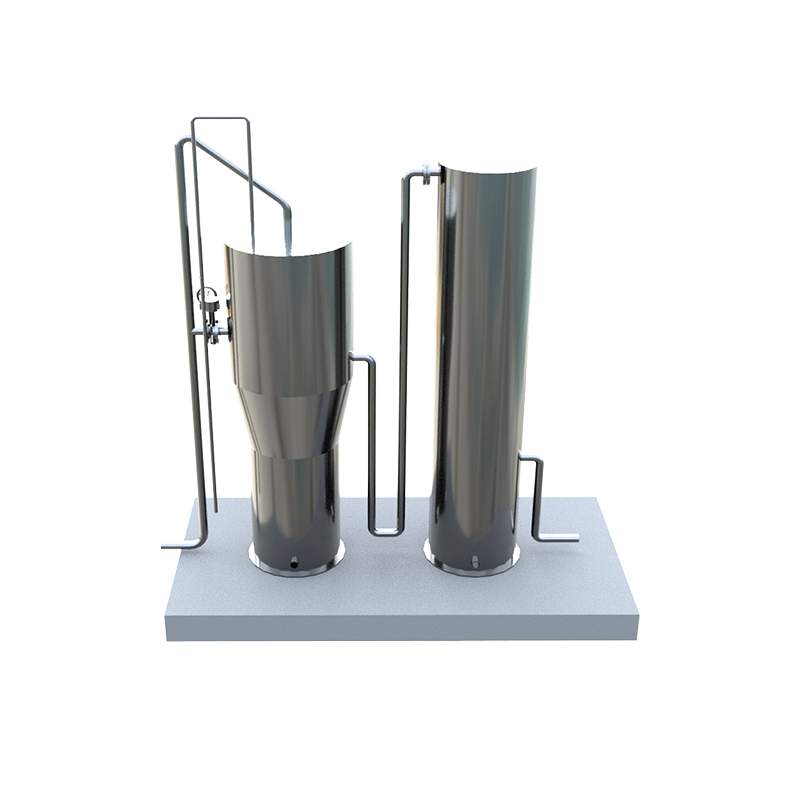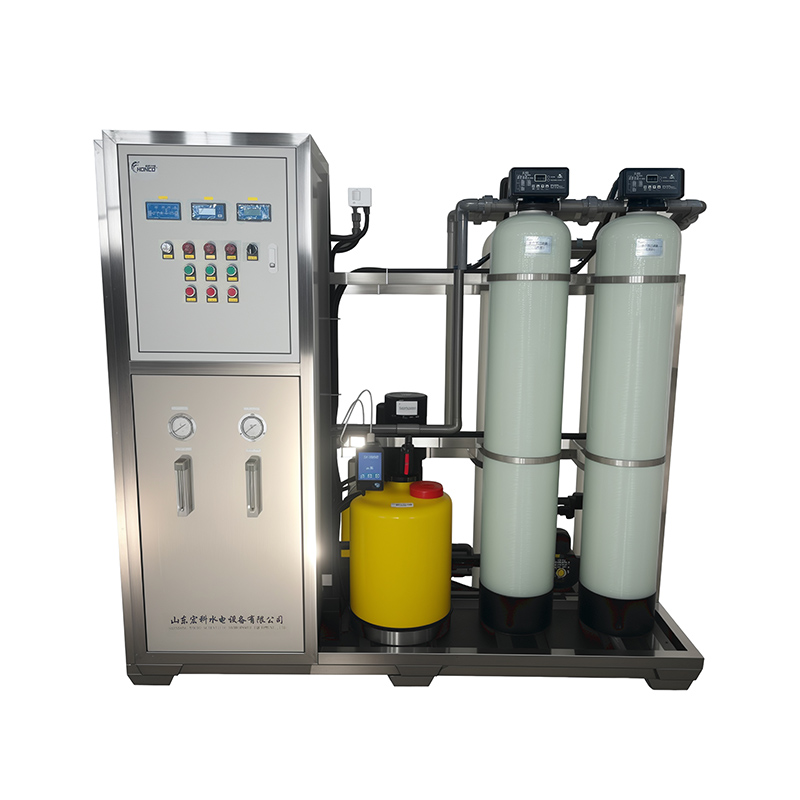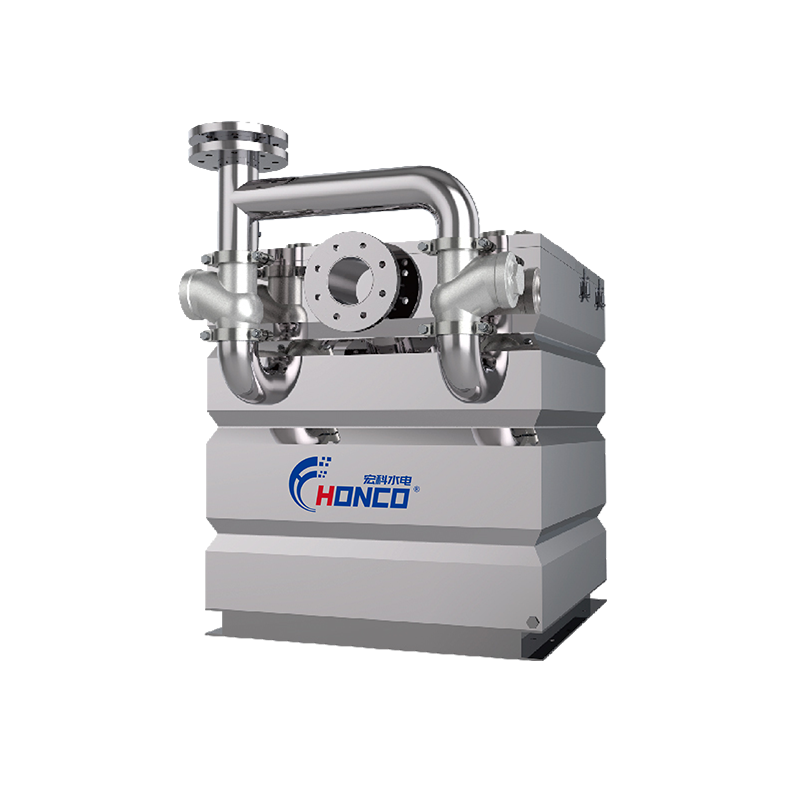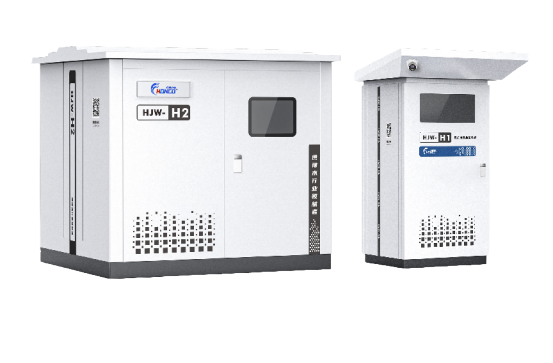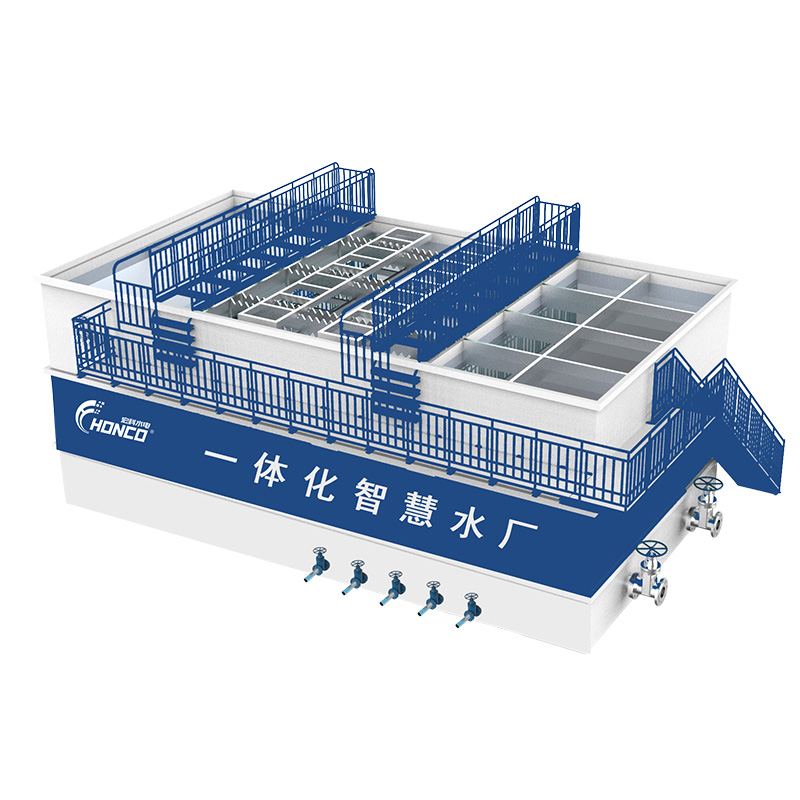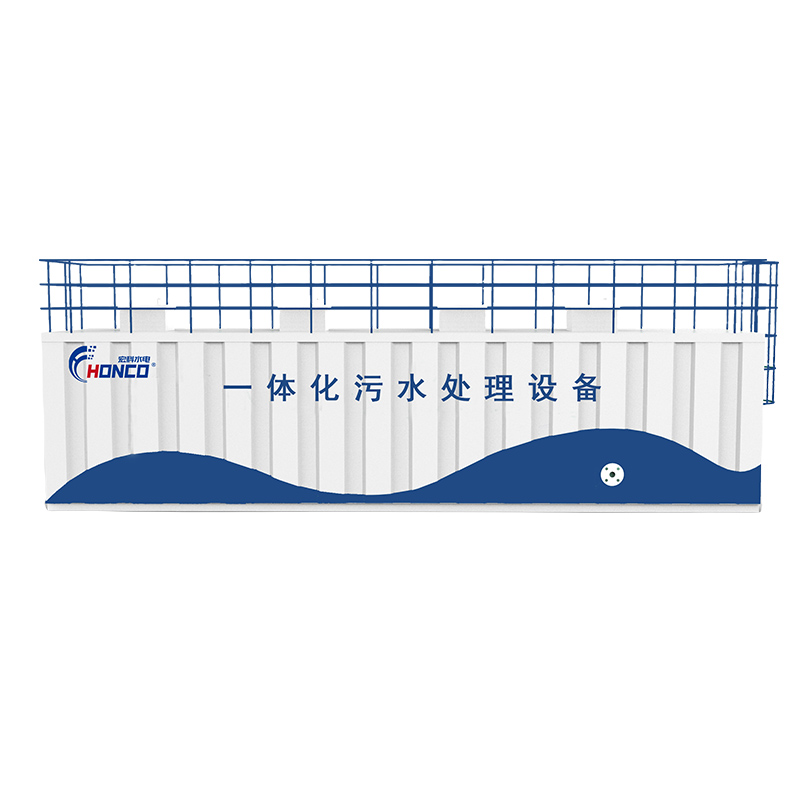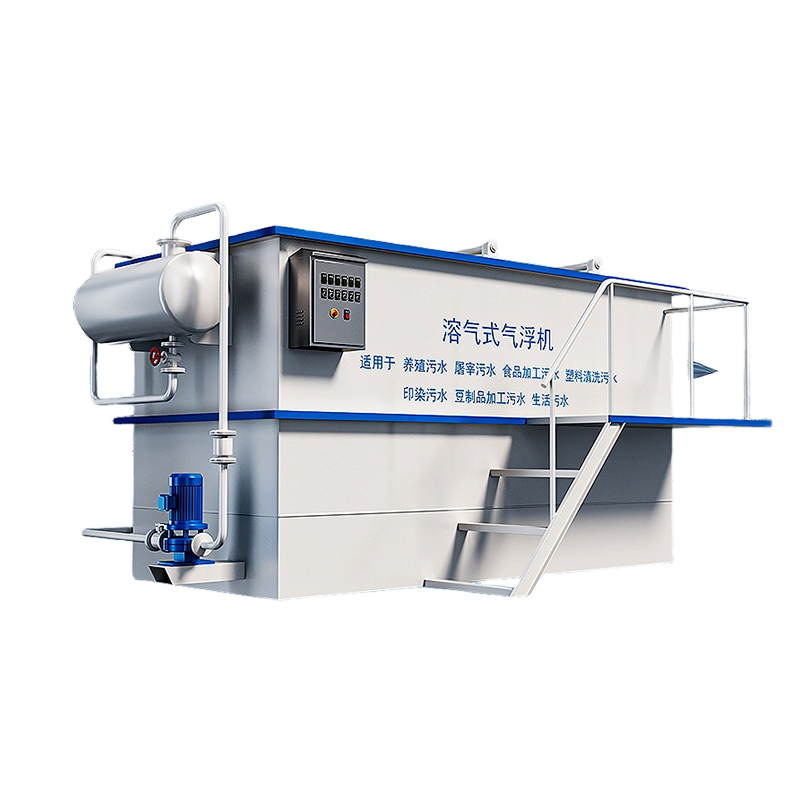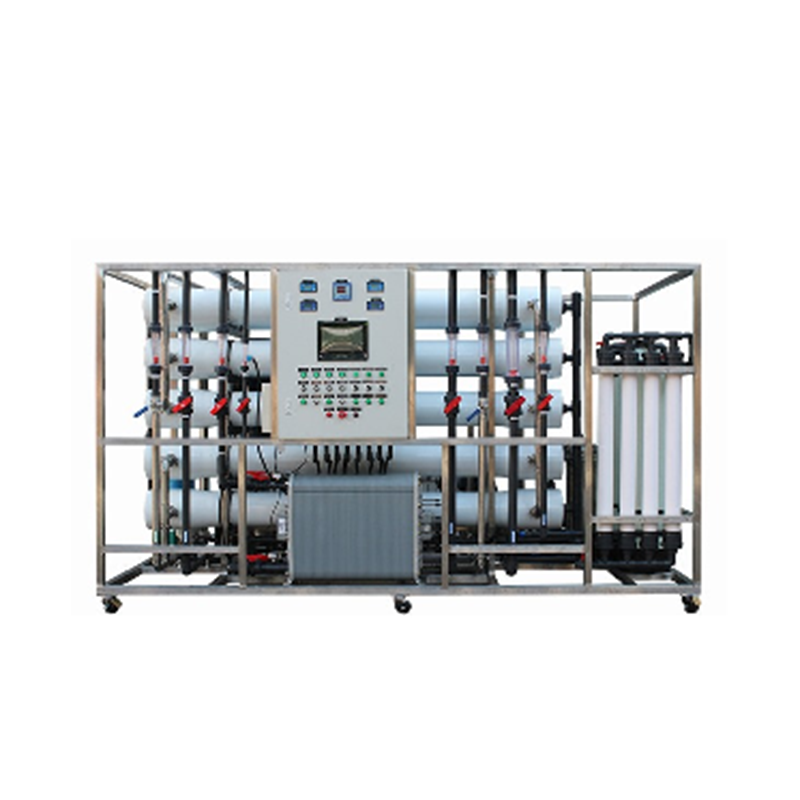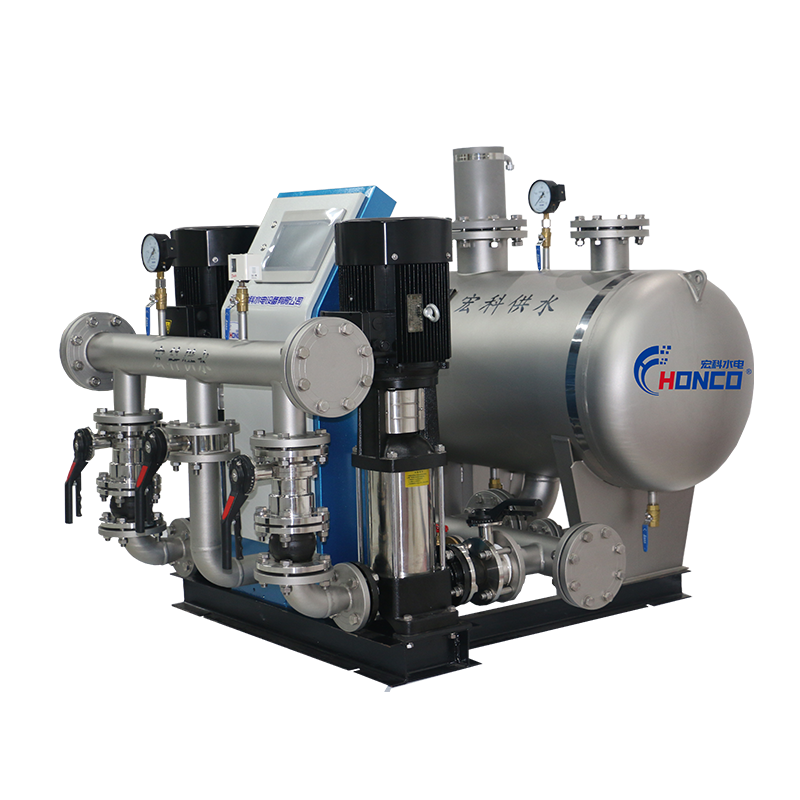What to do if biological nitrogen removal fails to meet standards in winter?
Biological nitrogen removal is sensitive to environmental conditions and easily affected by temperature changes. Most microorganisms grow normally at temperatures between 20°C and 35°C. Low temperatures will affect the activity of enzymes in microbial cells. Within a certain temperature range, for every 10°C drop in temperature, the activity of microorganisms will be reduced by half, thereby lowering the sewage treatment efficiency. After the process is put into operation, due to the alternation of seasons and the influence of its geographical location, it is difficult to maintain a suitable temperature without manual regulation. However, temperature regulation consumes a large amount of energy.
So, what to do if biological nitrogen removal fails to meet standards in winter?
1. Heat Preservation and Heating
Current solutions are very limited. Common measures adopted in some northern cities in China include:(1) Applying thermal insulation measures such as using foam insulation boards for the walls of aeration tanks, secondary sedimentation tanks, etc., building brick enclosures (filled with cinder, expanded perlite, etc.) outside, and adding covers on the tank tops.
(2) Installing an air preheating chamber on one side of the blower to preheat the cold air (which is -10~-20℃ in winter) to 5~8℃; arranging pipe galleries for air pipelines to facilitate thermal insulation treatment.
(3) Appropriately heating sludge, including returned sludge.
(4) Heating the sewage entering the aeration tank with hot steam.
All these current methods will increase the operating cost of sewage treatment.
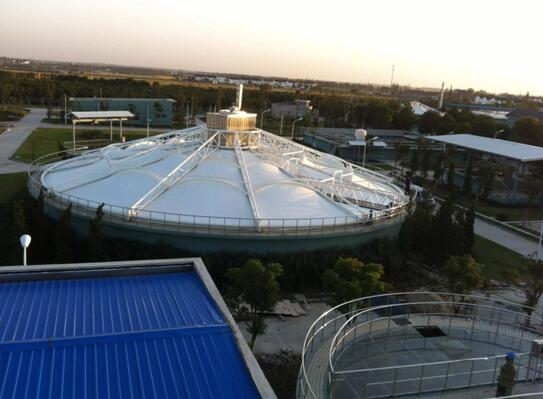
2. Increasing Sludge Retention Time (SRT)
The ultimate manifestation of increasing SRT is the rise in Mixed Liquor Suspended Solids (MLSS). Microbial reproduction slows down in winter, and nitrifying bacteria—being autotrophic bacteria—reproduce even more slowly. Increasing SRT helps maintain nitrifying bacteria within a certain range (aimed at ensuring nitrifying bacteria remain the dominant species). Additionally, appropriately increasing the sludge concentration (MLSS) allows the total sludge metabolic capacity to stay stable, even as the metabolic capacity of individual bacteria decreases.
3. Biological Immobilization (Packing Material)
After immobilization treatment, the stress resistance of microorganisms improves, enabling them to tolerate changes in the external environment and thus maintain high activity. Furthermore, the retention capacity of microorganisms is enhanced after being embedded and immobilized, which is expected to realize the rapid start-up and efficient, stable operation of the reactor.
Biological immobilization can reduce the impact of temperature changes on nitrification. Zhang Shuang et al. studied the ammonia nitrogen removal efficiency of immobilized nitrifying bacteria at different temperatures. They used the polyvinyl alcohol-boric acid embedding method to immobilize nitrifying sludge (enriched and cultured at room temperature, containing psychrotolerant bacteria) for treating domestic sewage at both room and low temperatures. The results showed that the immobilized nitrifying bacteria still exhibited high nitrification efficiency (>80%) even under low-temperature conditions.
Some scholars have also conducted research on nitrogen removal using immobilized denitrifying bacteria. The results indicated that immobilization treatment improved the temperature adaptability of denitrifying bacteria, and the tolerance of immobilized denitrifying bacteria to high concentrations of ammonium ions and low temperatures was enhanced.
Immobilization is an effective technical method. However, it may reduce microbial activity to some extent. Moreover, after immobilization, mass transfer resistance increases—with the obstruction of oxygen mass transfer being particularly obvious. Immobilization can better exert its advantages under anaerobic conditions. In addition, its cost still requires technical and economic evaluation.
4. Acclimatization
Acclimatization is an ancient breeding method that involves artificially treating a microbial population in a specific environmental condition for a long period, while continuously transferring and subculturing them to accumulate and select suitable spontaneous mutants.
The acclimatization of microorganisms is a crucial measure for applying nitrogen removal processes in low-temperature environments. It enables the enzymes in microorganisms and the lipid composition of their cell membranes to adapt to low-temperature conditions and function under such conditions.
Numerous studies have shown that through appropriate acclimatization strategies and after a certain acclimatization period, low-temperature nitrogen removal processes can achieve stable operation.


